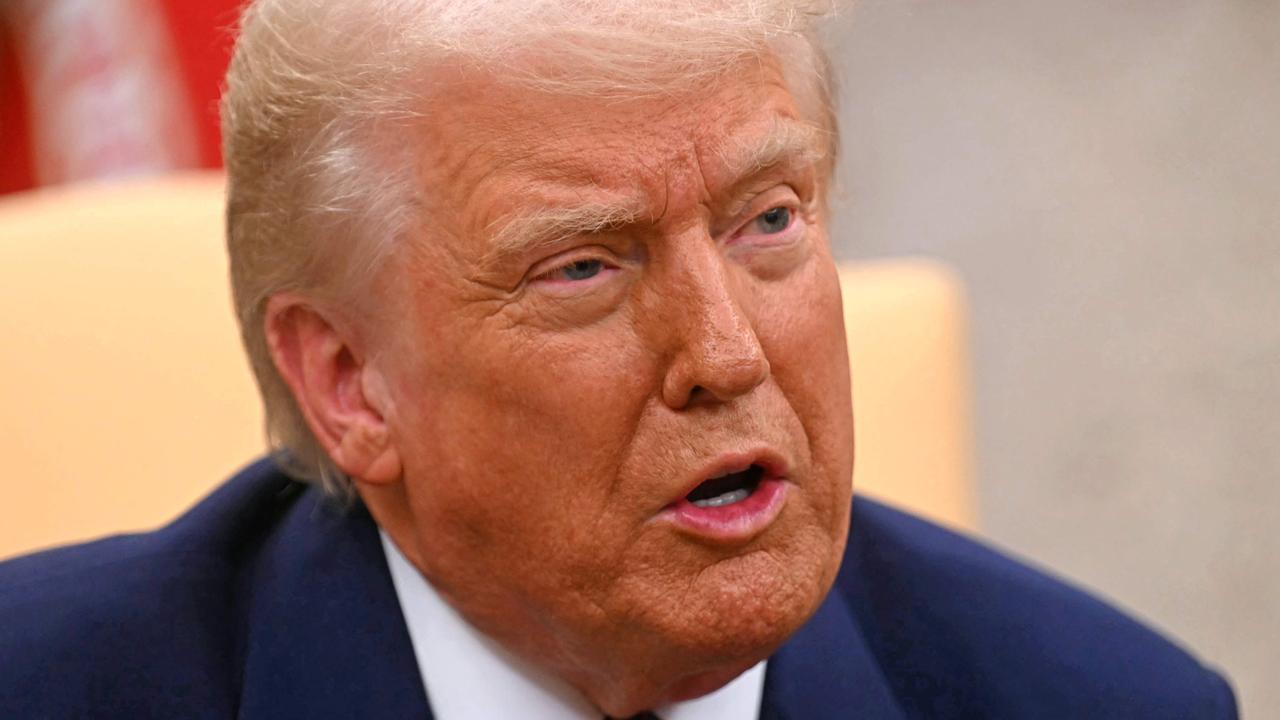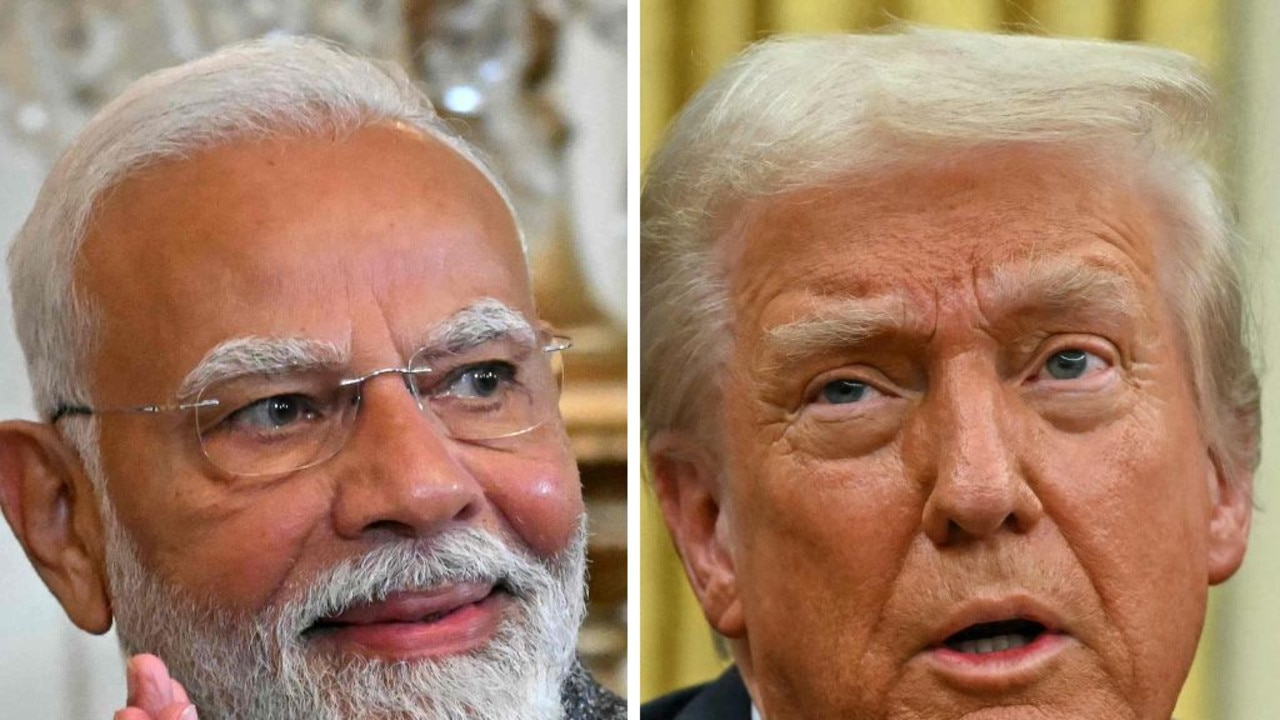Inside the mind of Donald Trump’s would-be assassin as mystery swirls around Thomas Matthew Crooks’ motive
Experts have offered a chilling insight into what potentially drove Thomas Matthew Crooks, a “loner” and registered Republican, to try to assassinate Donald Trump.

Mystery continues to surround the young man who climbed onto a roof in the middle of a field to attempt to assassinate former president Donald Trump while he spoke at a campaign rally.
Thomas Matthew Crooks opened fire on the Republican candidate as he stood on stage at an event in Butler, Pennsylvania.
A bullet struck Trump in the ear, while a retired firefighter in the audience was shot and killed. Two other members of the public were injured.
Investigators from several law enforcement agencies, including the FBI, the Department of Justice and the Secret Service, are combing through every detail of the 20-year-old’s life in a bid to identify a possible motive.
New details emerge
A search of Crooks’ phone has revealed he searched for the dates of the Butler rally, as well as for the upcoming Democratic National Convention in Chicago, ABC News in the US reports.
He had also recently downloaded images of Trump and President Joe Biden, the outlet reports, citing unnamed sources close to the investigation.

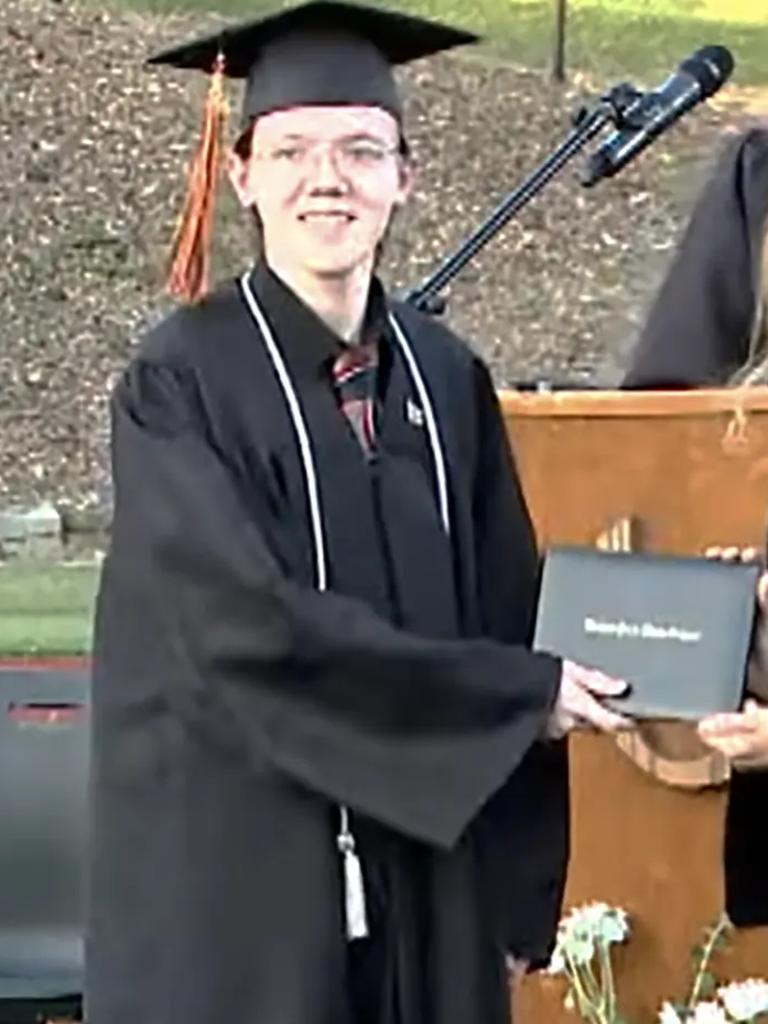
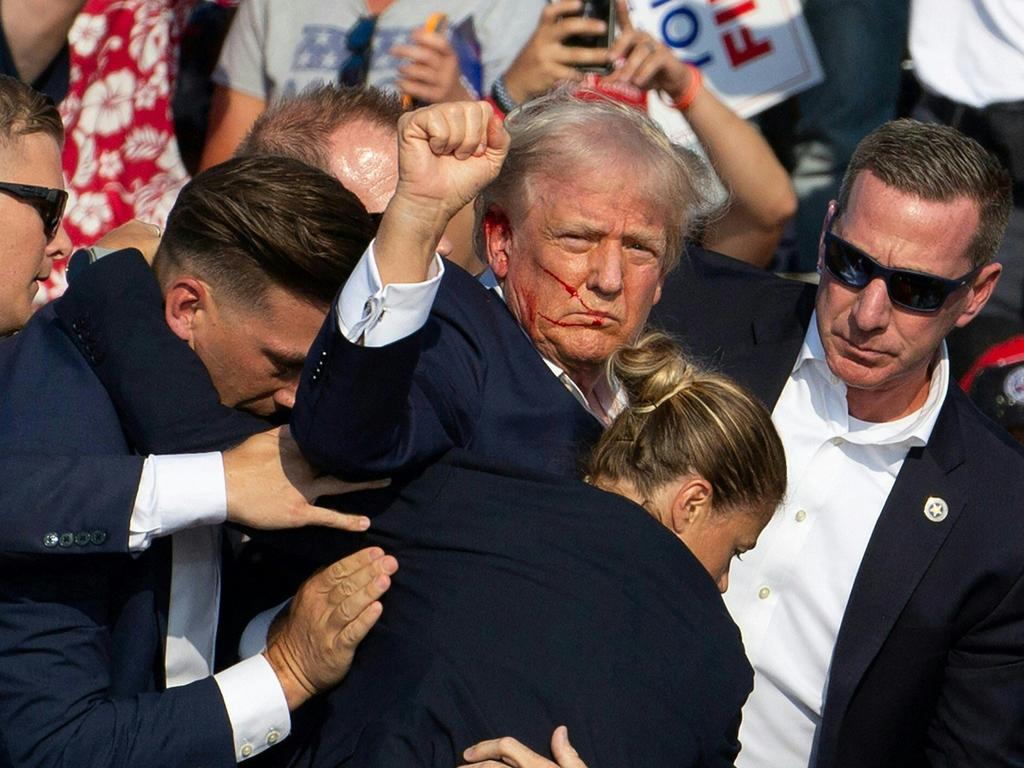
It’s understood accessing the device has offered no other clues about his motivations. Attention will now turn to his laptop, which was seized from the family’s home alongside other materials.
The day before the attack, Crooks went to a local gun range where he was a member to practice shooting.
At some point on Saturday, he bought 50 rounds of ammunition from a gun store in his hometown of Bethel Park, before purchasing a ladder from a Home Depot nearby.
He had told his boss at a local nursing home that he couldn’t work because he had “something to do” but told co-workers he’d see them the next day.
When his father discovered his AR-15 semiautomatic assault rifle missing, he phoned police. It was about three hours before Crooks climbed onto the roof of a shed in a field adjacent to the rally and opened fire at 6.11pm.
A Secret Service sniper on a roof behind the stage where Trump was speaking shot and killed Crooks seconds after he began shooting.
Police have revealed they found an improvised explosive device in his car, which was to be operated via a remote control that was found on his body.
It has also been revealed Crooks was a registered Republican and former classmates who graduated alongside him two years ago remember him being a loner with few friends.
He was known to share conservative views during classroom discussions about politics.
Although, bizarrely, other students have noted that he occasionally wore clothing with the names and slogans of both Trump and Mr Biden.
He had also donated money to a progressive campaign three years ago.
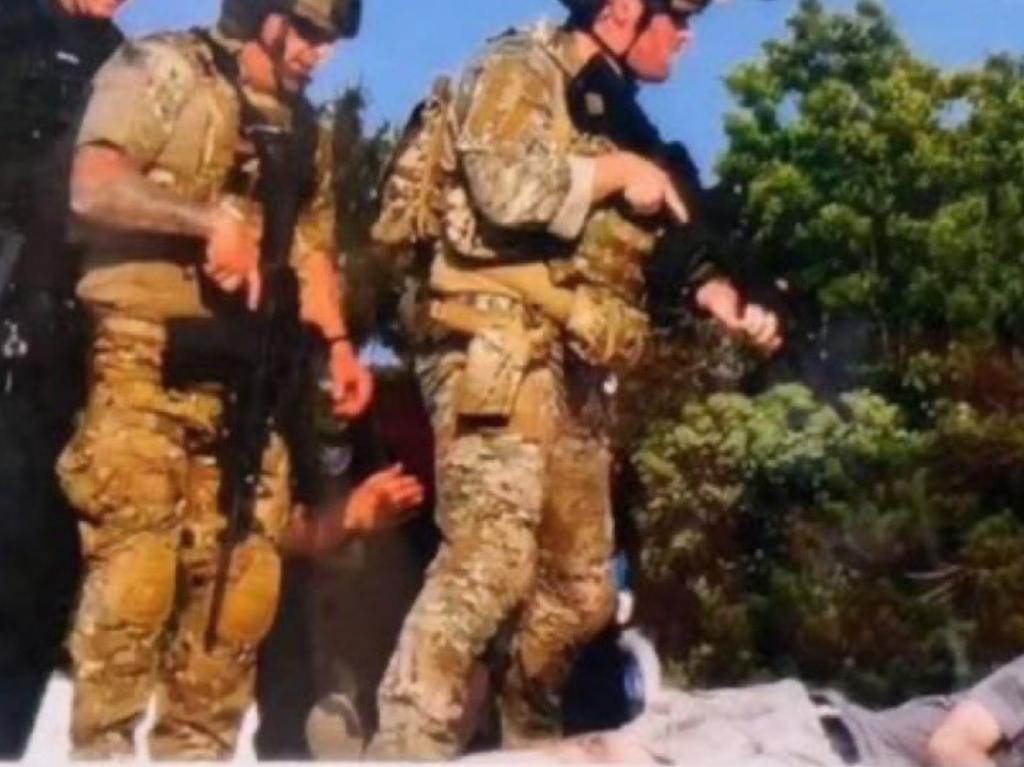
Those seemingly contradictory details could be explained by analysing the profiles of other notorious assassins throughout history, Professor Gary Beattie, an expert in psychology at Edge Hill University in the UK, said.
Common factors among attackers
Research by a range of psychologists into what might drive lone wolf assassins indicates that a mental disorder is particularly prevalent in many cases.
Theodore Kaczynski, infamously dubbed the ‘Unabomber’, terrorised the US for 17 years by placing explosive devices to some 16 targets, killing three people and injuring two dozen more.
“Along the way, he sowed fear and panic, even threatening to blow up airliners in flight,” a case file published by the FBI recalled.
In April 1996, FBI agents raided a rustic cabin in the middle of a Montana Forrest and arrested Kaczynski, where they also found a built bomb and countless explosive components.
He was diagnosed with paranoid schizophrenia.
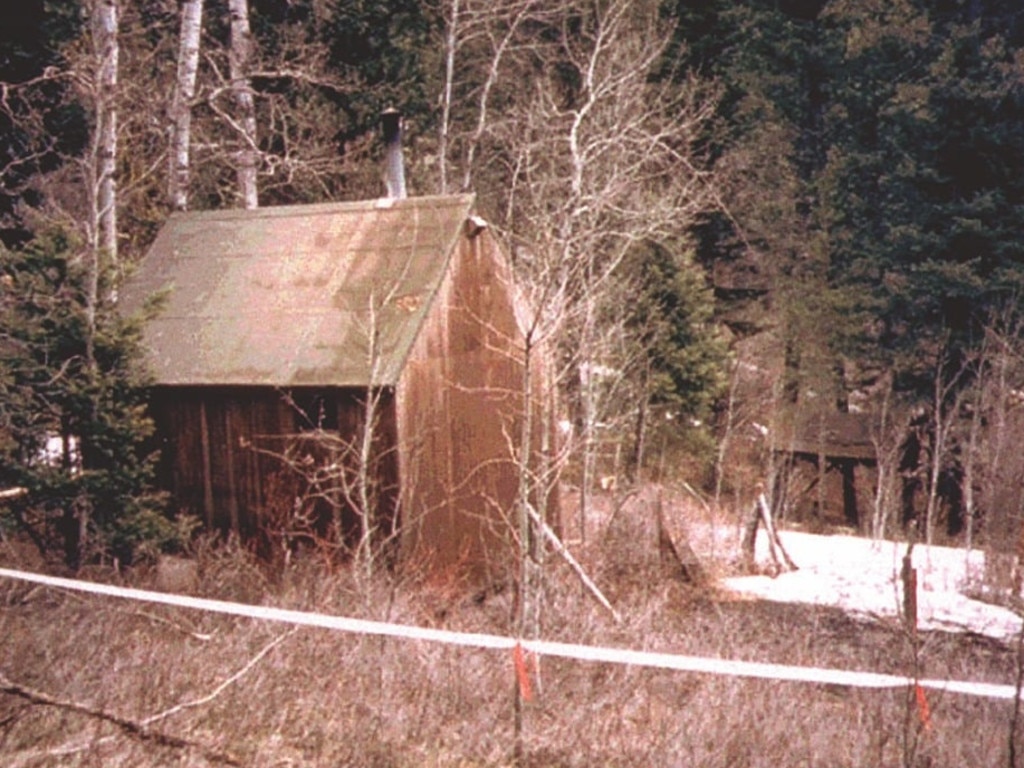
In 2011, Jard Loughner approached Congresswoman Gabby Giffords at a public event for constituents in Tucson, Arizona and shot her in the head.
He opened fire on the surrounding crowd and killed six people. Ms Giffords was critically injured but miraculously survived, eventually learning to speak and talk again.
Loughner was also found to be schizophrenic.
Psychiatrists initially believed Norwegian mass murderer Anders Breivik, who killed eight people after detonating a bomb outside a government complex in Oslo, then travelled to Utoya island and shot and killed 69 participants of a youth politics camp, was schizophrenic.
But after more extensive analysis, it was determined Breivik’s diagnosis was narcissistic personality disorder.
A study by psychologists Emily Corner and Paul Gill in 2015 pored over the profiles of 119 different lone wolf terrorists, comparing them to a sample of group-based terrorists.
“They found the probability of a lone-actor terrorist having a mental illness was 13.5 times higher than a group-based terrorist,” Professor Beattie wrote in analysis for The Conversation.

However, Prof Beattie pointed out several additional factors seem to be critical in understanding the mind of a lone wolf attacker.
“These include holding a strong personal or political grievance, coupled with some form of desensitisation to violence through a gradual escalation of violent behaviour,” he wrote.
For example, Beatles frontman John Lennon’s killer seemingly sought status and infamy by gunning down the music legend in New York City in 1980.
“This may be even more prevalent now in our social media-dominated world, coinciding with what some psychologists suggest is a dramatic rise in narcissism and narcissistic personality disorder,” Prof Beattie wrote.
That could be part of why many lone wolf attackers publicly post their so-called manifestos online before embarking on their murderous acts.

When extreme narcissism clashes with a lack of empathy, callousness and emotional flatness “of the kind you tend to find in psychopathy”, the end product is a “particularly dangerous combination”, Prof Beattie warned.
“While different assassins and lone wolf terrorists clearly act on a range of different motives, there appear to be common elements: some sort of mental disturbance,” he said.

They include “a festering grievance vented in echo chambers on the internet, or bottled up inside but rarely properly articulated”.
“There is also, generally, an interest in violence combined with desensitisation to that violence, and a desire to raise their social status through any means.”
The profile of an assassin
Back in 1999, prominent psychologist Robert Fein and then-executive director of the National Threat Assessment Centre at the Secret Service Bryan Vossekuil, released a groundbreaking report.
The pair analysed every individual who had attacked or conspired to attack a prominent figure in the US since 1949.
Of the 83 assassins investigated, 86 per cent were male, 77 per cent were caucasian, and 55 per cent had conducted some kind of military service.
Sixty per cent of those individuals had no known involvement with groups or other extremists, meaning they were operating as lone wolves.
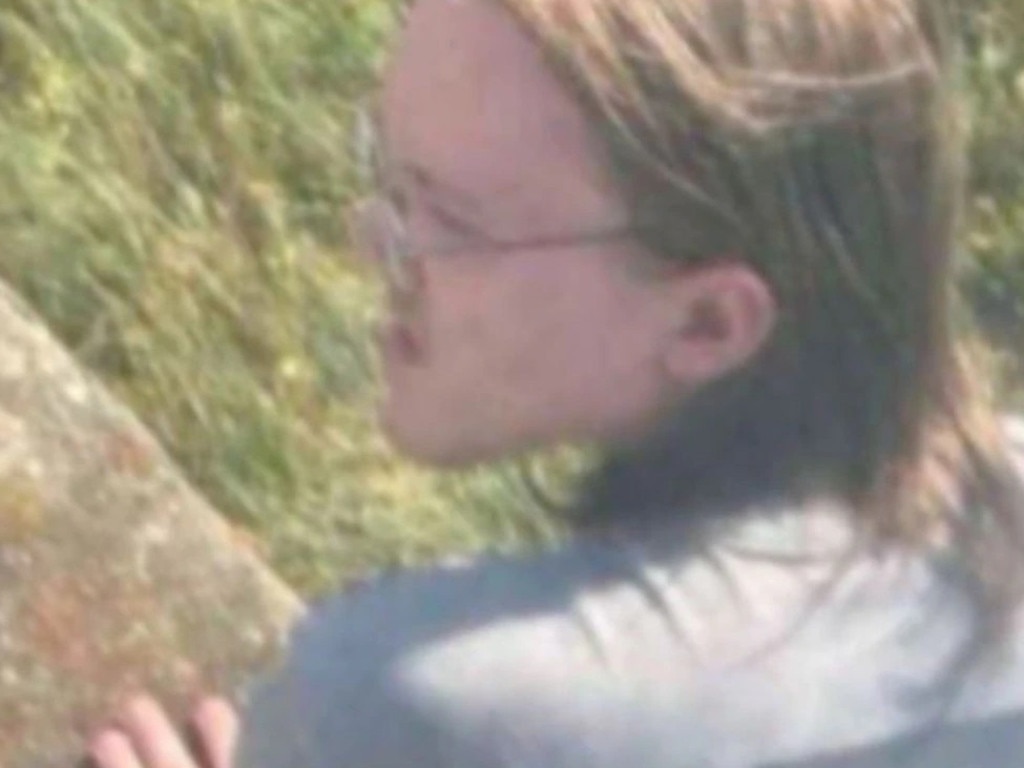
“In fewer than half of all incidents, the subject was delusional at the time,” the research paper read.
“While more than 60 per cent of the subjects had had contact with a mental health professional at some point in their lives … fewer than one-fourth had such contact in the year before their attack or near-lethal approach.”
Most were described as being socially isolated and most had histories of weapons use.
“Almost all American assassins, attackers and would-be attackers were persons who had – or believed themselves to have – difficulty coping with problems in their lives,” the research paper read.
“Each of these men and women, at some point, came to see an attack of a prominent person of public status as a solution, or way out, of their problems.”
More Coverage
Interestingly, the analysis found that attackers “rarely” had political motives but instead were driven by a desire for notoriety, to avenge a perceived wrong, to bring national attention to a perceived issues, or simply to die.
“An assassination attempt is the end result of a process of thinking and behaviour.
“Many attackers … move through life on a path that leads them to consider assassination of one or another prominent person of public status as an acceptable – or even necessary – way to improve their situations or resolve their problems.”





